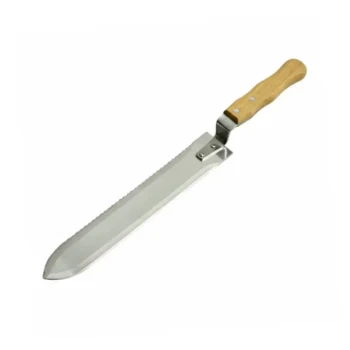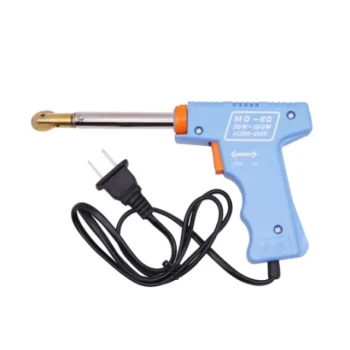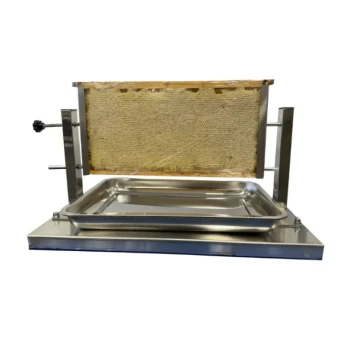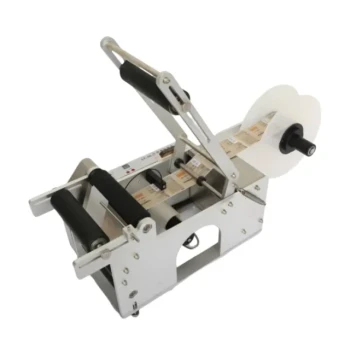The most critical precautions for queen marking are to handle the queen with extreme care to avoid injury, apply a small dot of paint only on her thorax, and ensure the paint is completely dry before she is returned to the colony. These steps are essential to prevent the worker bees from rejecting or killing her, which can happen if she is perceived as damaged or foreign.
The core challenge of queen marking is not the physical act itself, but managing the risk of queen rejection. Your technique must be flawless to ensure the colony continues to accept its most vital member.
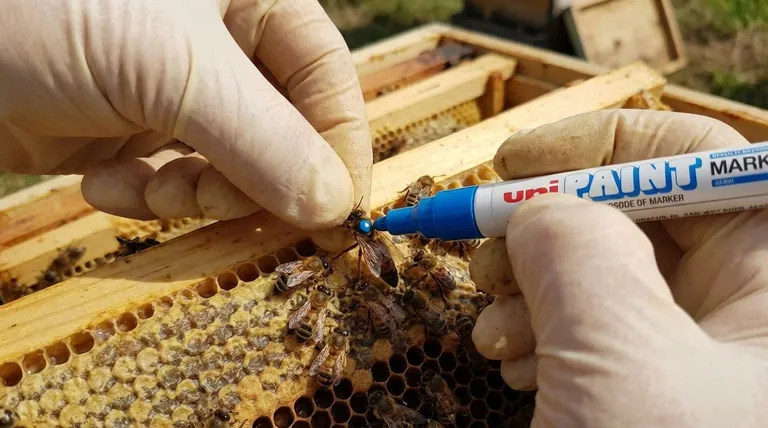
The Core Principle: Avoiding Queen Rejection
A beekeeper's primary goal during marking is to prevent the hive from turning on its queen. The colony's acceptance is fragile and based on a complex mix of pheromones and physical assessment.
Why Hives Reject a Marked Queen
Worker bees are constantly evaluating the queen's health. If she is returned smelling of wet paint, covered in smudges, or moving abnormally due to injury, the workers may perceive her as an imposter or a failing queen.
This can trigger a process called supersedure, where the workers kill the existing queen and begin raising a new one.
The Goal: A Clean Mark on the Thorax
The only safe place to mark a queen is on the top of her thorax—the hard-shelled middle section of her body between the head and abdomen.
Placing paint on her head can blind her or block her antennae, which are critical for communication. Paint on her wings can impede flight, and paint on her abdomen can interfere with egg-laying.
A Step-by-Step Guide to Safe Handling
Success depends on a calm, prepared, and gentle approach. Rushing this process is the most common cause of failure.
Preparing Your Tools and Workspace
Before you even find the queen, have your equipment ready. This includes your marking pen and a method for safely restraining her.
Many beekeepers prefer a dedicated queen marking tube or cage. These devices allow you to gently confine the queen against a screen, immobilizing her without applying dangerous pressure.
Securing the Queen Gently
If you are not using a tube, you must pick her up. Wear thin, flexible gloves to maintain dexterity; avoid bulky leather gloves.
Gently grasp the queen by both wings or by the sides of her thorax. Never grab her by the legs or abdomen. Remain calm, as panicking can lead to a crushing grip.
Applying the Paint with Precision
Whether she is in a tube or held in your fingers, the next step is the same. Apply one small, quick dot of paint to the center of her thorax.
Do not use a large, dripping amount. A small, clean dot is all that is needed to make her visible.
The Critical Waiting Period: Letting the Paint Dry
This is a non-negotiable step. The paint must dry completely before the queen is released back into the hive.
Releasing her while the paint is wet will cause it to smudge onto her, her wings, or other bees, increasing the risk of rejection. You can hold her in a separate queen cage within the hive for a few minutes until the paint is dry to the touch.
Understanding the Trade-offs and Risks
While marking offers significant benefits for hive management, it is not without risk. You must weigh the advantages against the potential for harm.
The Risk of Physical Harm
The most immediate danger is physically injuring the queen. A moment of panic or too much pressure can crush her thorax or abdomen, which is almost always fatal. For beginners, this risk is significant.
The Risk of Rejection
Even with a perfect technique, there is a small but real chance the colony will react negatively. Any change to the queen's scent profile can be a trigger, which is why allowing the paint to dry and off-gas is so important.
Is Marking Always Necessary?
For a beekeeper managing one or two hives, the benefits of easy identification may not outweigh the risks of harming a valuable queen. However, for those managing multiple colonies, marking is an indispensable tool for tracking age, genetics, and productivity.
Making the Right Choice for Your Goal
Your approach should be dictated by your experience level and management goals.
- If you are a beginner: Use a queen marking tube for maximum safety and consider practicing your technique on a few male drones first, as they are expendable.
- If your primary focus is safety: Always use a marking cage or tube. This removes the variable of an unsteady hand and is the most reliable way to prevent crushing injuries.
- If you are managing multiple hives: View marking as an essential skill. It is the most effective way to track queen performance and age across your apiary.
Ultimately, mastering the art of queen marking is a sign of a confident and methodical beekeeper.
Summary Table:
| Precautions | Key Actions | Purpose |
|---|---|---|
| Gentle Handling | Use marking tube; hold by wings/thorax | Prevent physical injury to the queen |
| Precise Marking | Apply small dot of paint only on the thorax | Avoid impairing movement/communication |
| Drying Time | Wait for paint to dry completely before release | Prevent smudging and pheromone disruption |
| Tool Preparation | Have marking pen and restraint ready beforehand | Minimize handling time and stress |
Master Queen Marking with Professional-Grade Equipment from HONESTBEE
Ensure your queens are marked safely and efficiently with our specialized beekeeping supplies. HONESTBEE provides commercial apiaries and beekeeping equipment distributors with durable, precision tools—like queen marking tubes and non-toxic paints—designed to minimize rejection risks and enhance hive management.
Ready to elevate your beekeeping operations? Contact our expert team today for wholesale solutions tailored to your needs!
Visual Guide
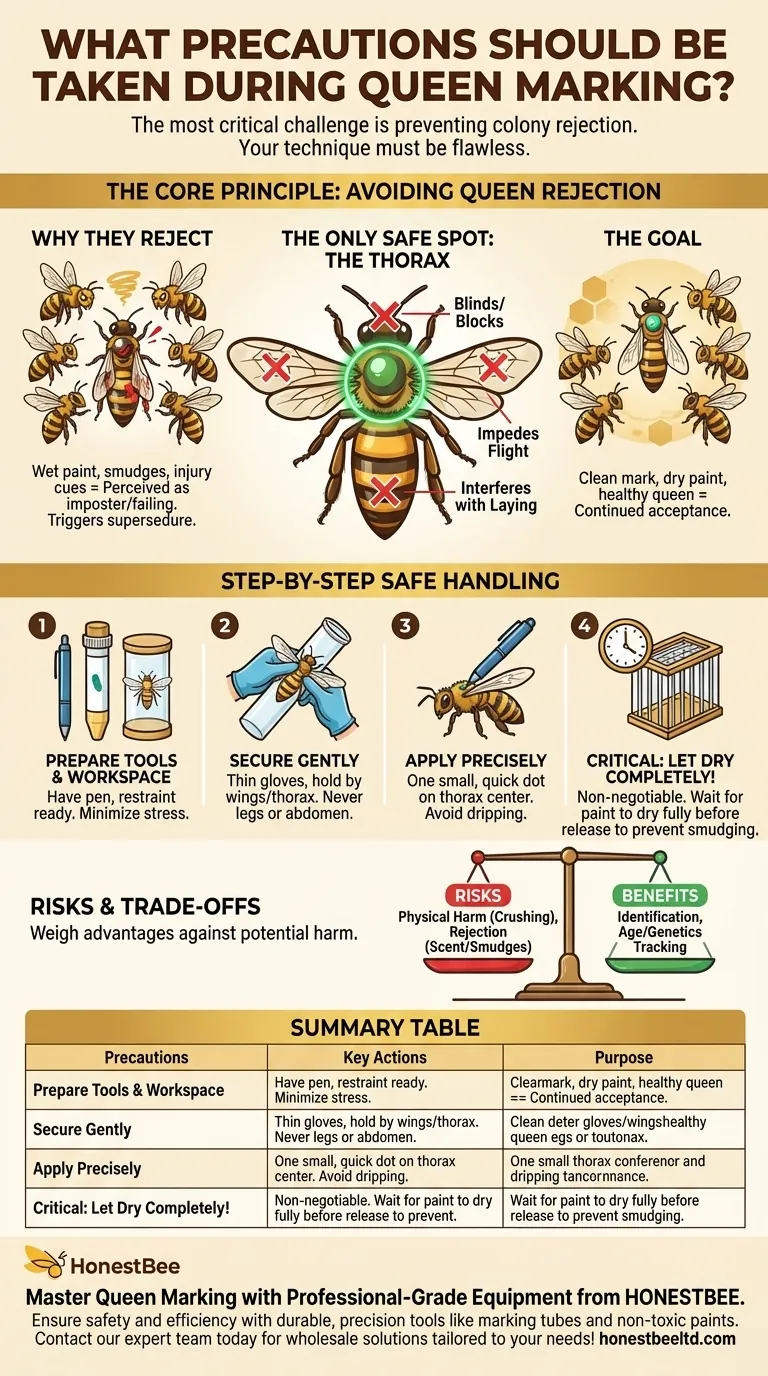
Related Products
- Queen Bee Marking Pen UNI Medium Point for Queen and Bee Marking
- Professional Engraved Round Hive Number Tags for Beekeeping
- HONESTBEE Advanced Ergonomic Stainless Steel Hive Tool for Beekeeping
- Professional Dual-End Stainless Steel Hive Tool for Beekeeping
- Professional 3-Bar Frame Grip with Integrated Hive Tool
People Also Ask
- What are the characteristics of Posca pens for marking queens? A Safe, Durable Solution for Hive Management
- What are the benefits of marking queen bees? Boost Hive Health & Management Efficiency
- What type of markers are commonly used for marking Queen bees? Choose the Safe, Non-Toxic Standard
- How should a Posca pen be prepared for queen marking? Ensure a Safe, Precise Mark Every Time
- What are the advantages of using Uni-Posca markers for Queen marking? A Safe, Precise, and Efficient Solution












